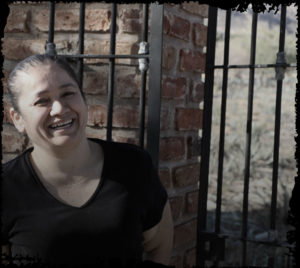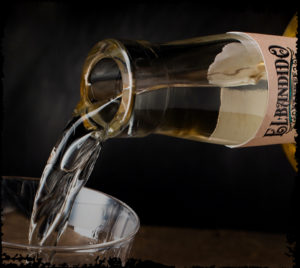Mexico’s beloved national drink continues to capture the hearts of us stateside bandidos. So how much do you really know about this mysterious spirit? Before you break out your bottle of El Bandido Yankee tequila to enjoy with friends, check out some of these little known facts.
Tequila is North America’s first distilled drink
Tequila’s roots date back to pre-Hispanic times, when indigenous people fermented the sap from agave plants, or what were then called maguey plants, into a drink known as pulque. Over time, the production of the spirit evolved and demand increased, especially with the arrival of the Spanish Conquistadors.
All tequilas are a mezcal
What’s a mezcal you ask? It’s a spirit made from agave first produced about 400 years ago. The term mezcal refers to any spirit made from agave varieties, whereas tequilas are only made from the blue weber agave varietal. So that’s why every tequila is technically a mezcal, but not all mezcals are tequilas. Confused yet? Luckily, taste also separates mezcals and tequilas. Mezcal is produced by charring the agave hearts in earthen pits, which imparts a distinctive smokiness to its flavor profile.
Your tequila drink takes 7 to 10 years to produce
Growing agave is not for the impatient. With El Bandido Yankee tequila, you’re enjoying a drink that is almost a decade in the making. We use only fully mature agave, which generally takes about 6 to 10 years to reach full maturity. Jimadors, farmers who specialize in agave harvesting, are skilled at identifying when an agave plant is fully mature and ripe for harvesting.
Not only can you drink tequila, you can visit it
Yes, there’s an actual city named Tequila, located about an hour from Guadalajara in the Mexican state of Jalisco. But which came first, the city or the drink? The town existed first. Tequila coming from that area had been referred to as the mezcal wine of tequila. Eventually the term was shortened to just tequila. If you’re ever in Tequila, Jalisco, you can up your tequila game by visiting the National Museum of Tequila.
Agave is not a succulent
Despite its uncanny resemblance to a succulent — agave plants are more closely related to the lily. The sacred plant is an important part of North American culture, used to make both spirits and fibers. In fact, human remains dating back 9,000 years show agave’s early use for food and fiber. First classified in 1902 by French botanist Frédéric Albert Constantin Weber, 200 agave varieties have been identified to date.
Tequila is highly regulated
Just like champagne can only come from the Champagne region in France, tequila can only come from one of five Mexican states. The production and standards of tequila is tightly regulated by the Consejo Regulador del Tequila, more commonly referred to as CRT. To be marketed and sold as tequila, the spirit must be produced in the states of Jalisco, Guanajuato, Michoacan, Nayarit or Tamaulipas.
You don’t need to break the bank for a fantastic tequila
But in 2006, a collector from Mexico dropped $225,000 in an auction for a bottle of tequila made of platinum and white gold. The bottle was sold by Tequila Ley and officially holds the title of “The World’s Most Expensive Bottle of Tequila” by the Guinness Book of World Records. Needless to say, we’re very glad to offer a luxury tequila experience for just a bit less — check out our tequila selection at the much more palatable retail price of about $40 to $45.
No, don’t look for a worm in your bottle
One of the biggest misconceptions is that it’s tradition for tequila to contain a worm in the bottle. Rest assured, your El Bandido Yankee premium tequila is worm free and the CRT prohibits the inclusion of worms in any tequilas. This myth stems from the fact that some mezcals will include the larvae of the Hypopta Agavis Moth, which lives on agave plants.




